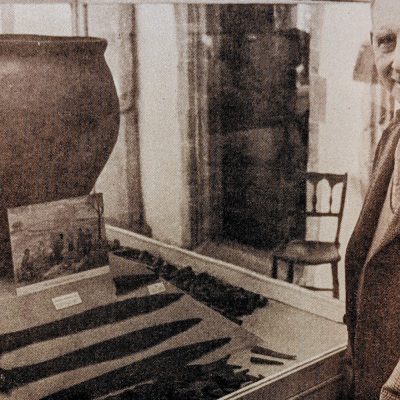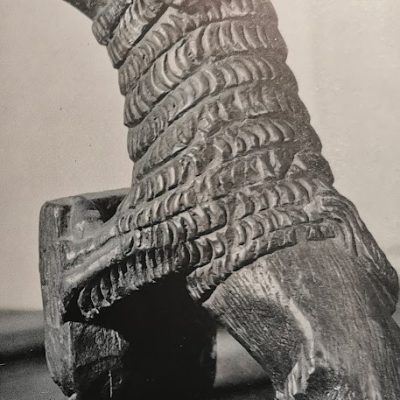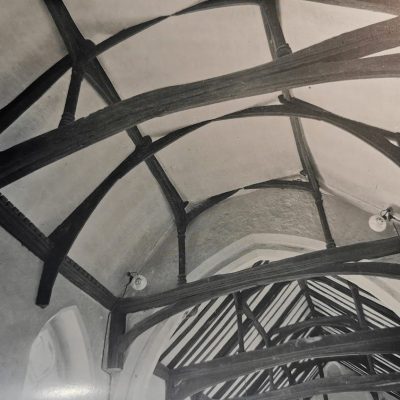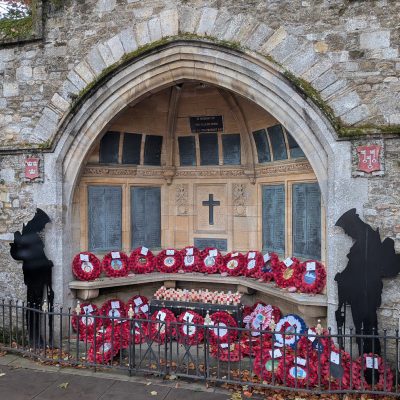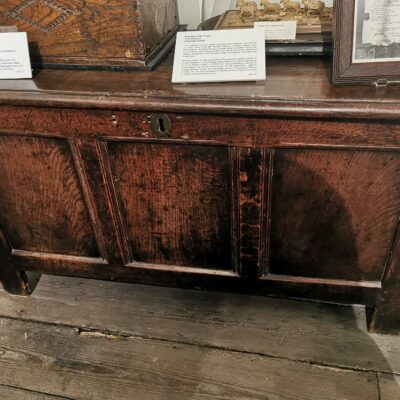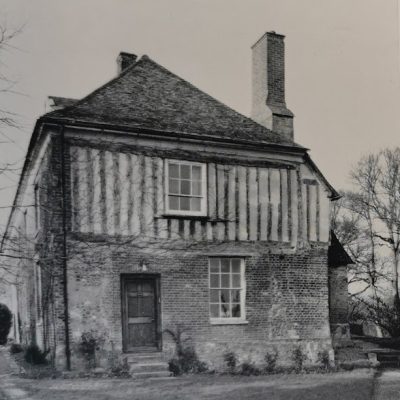Search by topic
- archaeology
- Building of Local Interest
- charity
- church
- crime
- dressmaker
- fire
- Great Eastern Railway
- Listed building
- Mapping Relief
- medieval
- oral history
- poverty
- Public House
- Rattee & Kett
- Religious House
- Roman
- scholar
- school
- Then and Now
- tudor
- women
- work
- world war one
- world war two
Search by text
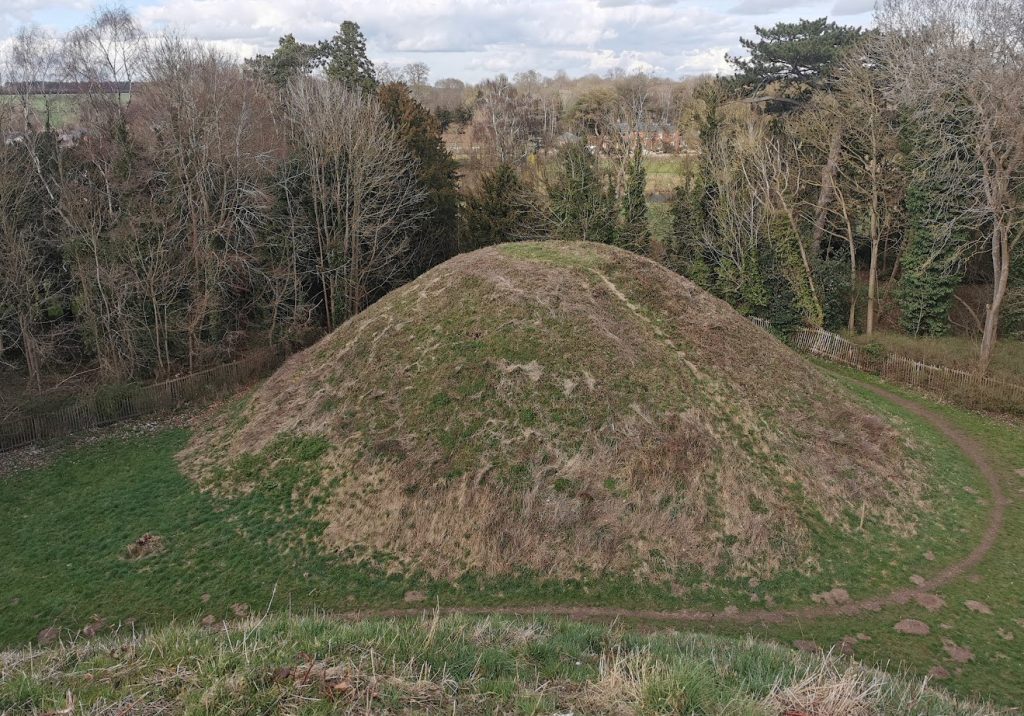 Roman barrows, Bartlow (RGL2025)
Roman barrows, Bartlow (RGL2025)Cambridgeshire during the Roman occupation
Cambridgeshire during the Roman occupation
This is an edited AI generated summary of the evidence available on Capturing Cambridge for events and developments in Cambridgeshire during the Roman occupation. As such it will be periodically updated and checked as new material is uploaded. Comments are welcome.
The Roman Occupation of Cambridgeshire: A Detailed Historical Study Through Capturing Cambridge
The Roman occupation of Britain lasted from the Claudian invasion of AD 43 until the early 5th century. In Cambridgeshire, Roman influence reshaped settlement patterns, infrastructure, agriculture, belief systems, and long-distance trade networks. Although the modern city of Cambridge did not fully develop until the medieval period, the surrounding landscape was significantly shaped by Roman activity. Through archaeological evidence, historic mapping, and heritage-site research — much of which appears in Capturing Cambridge — we can reconstruct the region’s Roman past and understand how the occupation laid foundations for later development.
I. Historical Context: Why the Roman Era Matters in Cambridgeshire History
Several major forces defined the Roman period in the region:
1. Integration into the Roman Empire
Cambridgeshire became part of the Roman province of Britannia, subject to imperial taxation, administration, and military oversight.
2. New transport infrastructure
Roads, river crossings, and navigational improvements connected local settlements with military forts and trading centres across Britain and the continent.
3. Agricultural intensification
Large farms, estates, and villa complexes emerged, increasing food production and shaping rural landscapes.
4. Cultural fusion
Local people adopted aspects of Roman material culture — pottery, clothing, religion, architecture — while preserving older British customs.
5. Strategic geography
The fenland waterways, river terraces, and fertile lowlands made Cambridgeshire ideal for both farming and transportation.
Although written records about Roman Cambridgeshire are limited, archaeology — documented in Capturing Cambridge — provides rich insight into everyday life during the occupation.
II. Case Studies from Capturing Cambridge (Roman-Era Evidence)
A. Roman Cambridge — Castle Hill and the River Crossing
1. Castle Hill settlement
Capturing Cambridge includes references to Roman artefacts discovered around Castle Hill, indicating that the site served as a defended settlement and administrative centre. Ongoing excavations have revealed walls, pottery, coins, and evidence of stone structures, suggesting Roman presence from the 1st to the 4th centuries.
The strategic importance of the hill — overlooking the River Cam — explains why later Anglo-Saxon and Norman settlements also centred on this location.
2. River crossing and early transport networks
Archaeological summaries noted in Capturing Cambridge suggest that the area around Magdalene Bridge was already a significant crossing point during the Roman period. The river enabled the movement of grain, livestock, building stone, salt, and imported goods.
This crossing later developed into the commercial and civic heart of Cambridge, demonstrating long-term continuity of settlement.
B. Roman Rural Settlement and Agriculture
3. Villas and farmsteads outside Cambridge
Capturing Cambridge references several nearby archaeological sites that indicate Roman-period farms, including discoveries near Grantchester, Waterbeach, and Barrington. These sites include pottery, roof tiles, hypocaust fragments, and evidence of stone-built structures.
They demonstrate that Cambridgeshire supported a prosperous agricultural economy linked to regional markets.
4. Field systems and landscape management
Although many Roman fields have been overlaid by medieval and modern farming, aerial photography and archaeological surveys — referenced in village histories on Capturing Cambridge — reveal rectilinear field boundaries, drainage infrastructure, and trackways characteristic of Roman surveying techniques.
This evidence shows deliberate attempts to organise agricultural production in a landscape dominated by wetlands and rivers.
C. Industry, Craft, and Trade
5. Pottery production and distribution
Sherds of Roman pottery found at multiple sites referenced in Capturing Cambridge entries indicate long-distance trade connections, particularly with kilns in Horningsea and the Nene Valley. The consistency of Roman wares demonstrates established commercial networks.
6. Workshops and artisan activity
Roman tools, metalwork, and manufacturing debris discovered in and around Cambridge — documented through Capturing Cambridge — reveal local production supporting both military and civilian populations.
7. Imported goods and continental links
Coin hoards, glass vessels, jewellery, and luxury artefacts found throughout the county indicate trade connections with Gaul and beyond.
D. Religion and Cultural Identity
8. Religious practice in Roman Cambridgeshire
Capturing Cambridge entries referencing archaeological material reveal the coexistence of Roman polytheism, local Celtic beliefs, and later Christian influences. Altars, figurines, and burial evidence suggest blended spiritual practices.
9. Cemeteries and burial customs
Roman burial sites near Cambridge, referenced in archaeological summaries connected to Capturing Cambridge, show both cremation and inhumation practices. Grave goods — pottery, brooches, tools — illustrate social status and identity.
E. The Fen Edge and Wetland Settlement
10. Roman fenland exploitation
Evidence referenced through Capturing Cambridge village histories shows that Romans constructed drainage channels, embankments, and raised trackways to access peat, reeds, fish, wildfowl, and grazing land. This activity may represent some of the earliest organised fenland management in Cambridgeshire.
11. Waterborne trade and communication
Archaeological studies cited in Capturing Cambridge indicate that the fenland rivers carried produce, building materials, and manufactured goods between settlements and military sites.
III. Themes Emerging from the Roman Era
1. Landscape continuity and adaptation
Roman decisions about settlement, agriculture, and infrastructure influenced later village placement, transportation routes, and land use.
2. Cambridge as a long-term strategic location
Although it was not a major Roman civic centre, Cambridge’s river crossing and elevated position helped establish its later significance.
3. Economic diversification
Roman Cambridgeshire combined farming with manufacturing, fishing, quarrying, and trade — a pattern that persisted into medieval and modern periods.
4. Cultural exchange, not replacement
Roman rule did not erase earlier British culture; instead, it layered new practices onto existing traditions, producing hybrid identities.
5. Archaeology as primary evidence
Unlike later centuries — heavily documented in writing — the Roman occupation is understood mainly through excavations, mapped remains, and material objects, many of which appear in Capturing Cambridge heritage descriptions.
IV. The Role and Limitations of Capturing Cambridge for Roman-Era Study
Capturing Cambridge is valuable because it preserves:
– archaeological summaries linked to specific streets and buildings
– references to Roman artefacts discovered during construction
– local histories that note underlying Roman settlement layers
– maps showing ancient transport routes and settlement patterns
– evidence of rural and urban continuity into later periods
However, limitations include:
– reliance on secondary reporting rather than excavation archives
– fewer detailed entries about rural Roman sites
– uneven archaeological investigation across the county
– lack of surviving above-ground Roman structures in Cambridge itself
Even so, Capturing Cambridge provides an accessible way to connect the modern built environment with buried Roman history.
V. Conclusion — Roman Foundations of Cambridgeshire
The Roman occupation left a deep — though sometimes hidden — legacy in Cambridgeshire. It helped establish patterns of settlement, transport, farming, trade, and cultural exchange that endured long after imperial withdrawal. Roads, river infrastructure, agricultural fields, market networks, and even place-names reflect Roman influence.
While later periods — particularly the medieval and university eras — shape modern public identity, the Roman foundations documented through Capturing Cambridge reveal a much older story. Understanding this era allows residents, students, and historians to see Cambridgeshire as part of a wider ancient world — connected, organised, productive, and continually evolving.
The Roman occupation was not simply a distant historical episode — it was the beginning of Cambridgeshire as a defined and interconnected landscape, one whose influence remains visible today.
Contribute
Do you have any information about the people or places in this article? If so, then please let us know using the Contact page or by emailing capturingcambridge@
License
This work is licensed under CC BY-NC-SA 4.0






